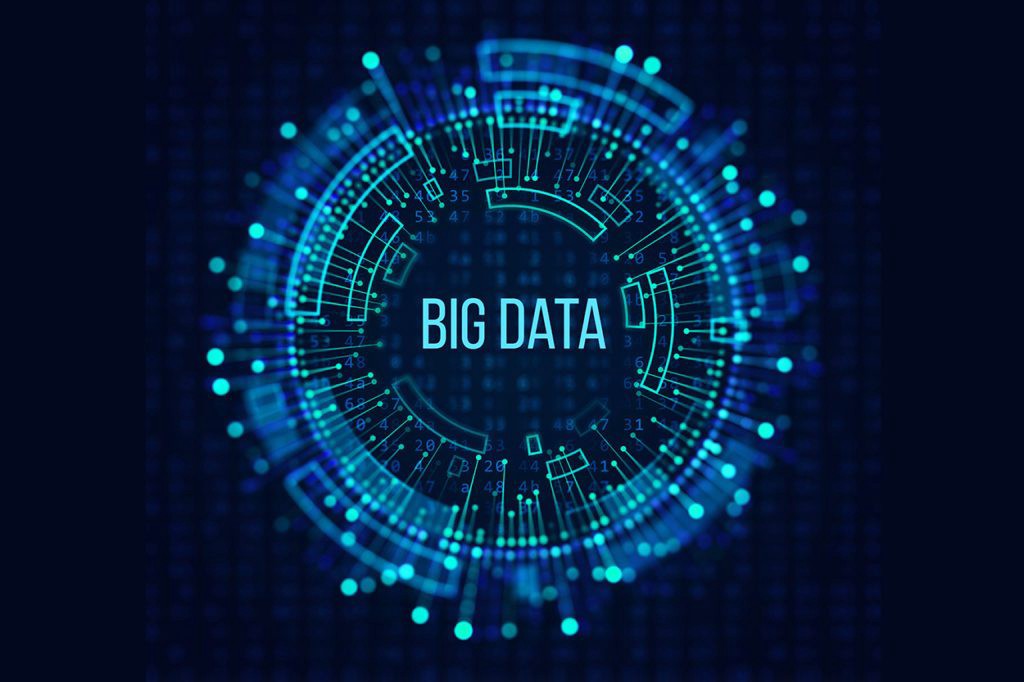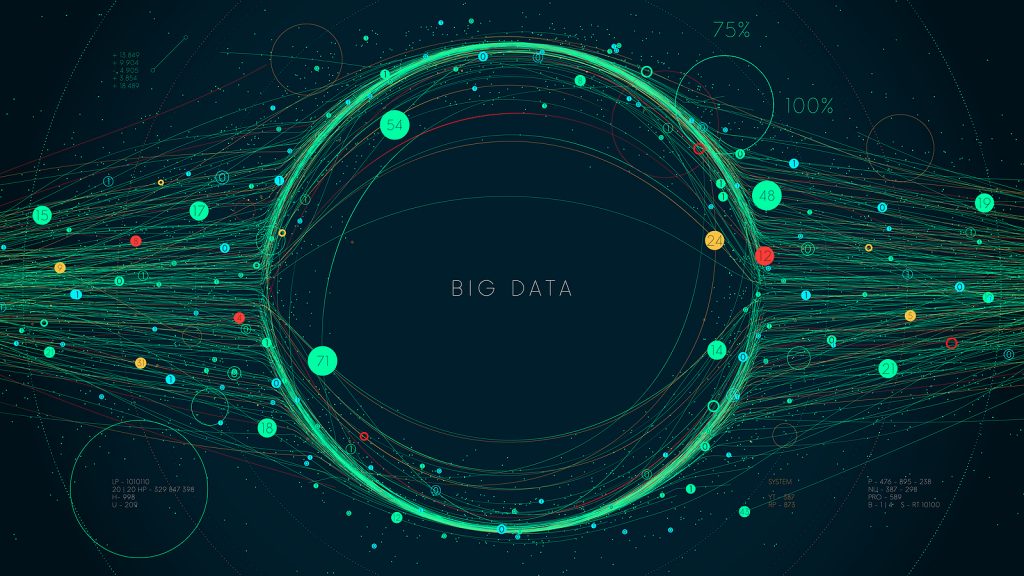Big Data
Projects
Our Work For Big Data
Big data refers to data sets that are too large or complex to be dealt with by traditional data-processing application software. Data with many fields (rows) offer greater statistical power, while data with higher complexity (more attributes or columns) may lead to a higher false discovery rate.
Current usage of the term big data tends to refer to the use of predictive analytics, user behavior analytics, or certain other advanced data analytics methods that extract value from big data, and seldom to a particular size of data set.
Big data analysis challenges include capturing data, data storage, data analysis, search, sharing, transfer, visualization, querying, updating, information privacy, and data source. Big data was originally associated with three key concepts: volume, variety, and velocity.
Big data usually includes data sets with sizes beyond the ability of commonly used software tools to capture, curate, manage, and process data within a tolerable elapsed time

Variability
In addition to the increasing velocities and varieties of data, data flows are unpredictable – changing often and varying greatly. It’s challenging, but businesses need to know when something is trending in social media, and how to manage daily, seasonal and event-triggered peak data loads.
Veracity
Veracity refers to the quality of data. Because data comes from so many different sources, it’s difficult to link, match, cleanse and transform data across systems. Businesses need to connect and correlate relationships, hierarchies and multiple data linkages. Otherwise, their data can quickly spiral out of control.


